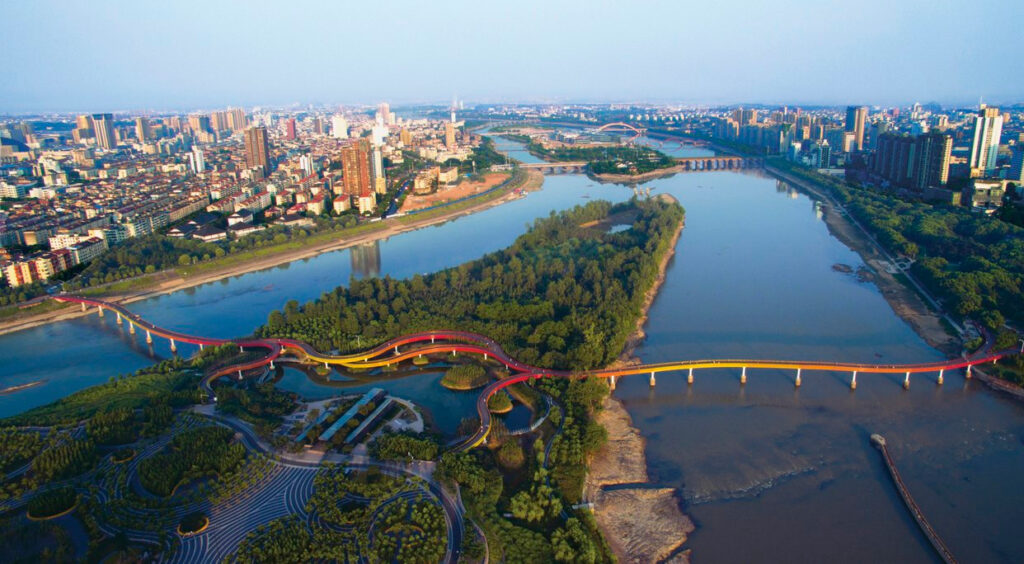The rain tragedy in Rio Grande do Sul reinforced the debate on the sustainability of large urban centers. An idea by architect Kongjian Yu, which emerged after the 2012 floods in Beijing, is based on nature to protect the city, using landscaping, permeable areas, and natural drainage systems. These are sponge cities.
How do sponge cities work?
The concept of sponge cities is based on the idea of transforming urban infrastructure to mimic the natural ability of soil to absorb and store rainwater. International examples, such as the city of Jinhua in China, demonstrate the success of this approach in reducing flooding and improving water quality. In Brazil, several projects already incorporate the principles of sponge cities, even if they are not officially classified as such.
Wetlands as natural sponges threatened
Wetlands, flat and shallow areas typical of southern Brazil, play a crucial role as natural sponges. However, these biodiversity-rich ecosystems are disappearing at an alarming rate due to occupation by real estate developments and agricultural activities.
Experts warn about the importance of preserving wetlands, not only for flood and drought control but also for carbon sequestration and biodiversity protection. The loss of these natural environments intensifies the negative impacts of climate change.
Measures to protect cities from floods
In the face of climate challenges and the loss of wetlands, it is crucial to adapt Brazilian cities to new paradigms. This includes the recovery of native vegetation, the implementation of green infrastructure solutions, and the revision of laws that weaken environmental preservation areas. Actions such as replanting riparian forests along rivers, creating parks and rain gardens, and increasing soil permeability are essential measures to make cities more resilient.



